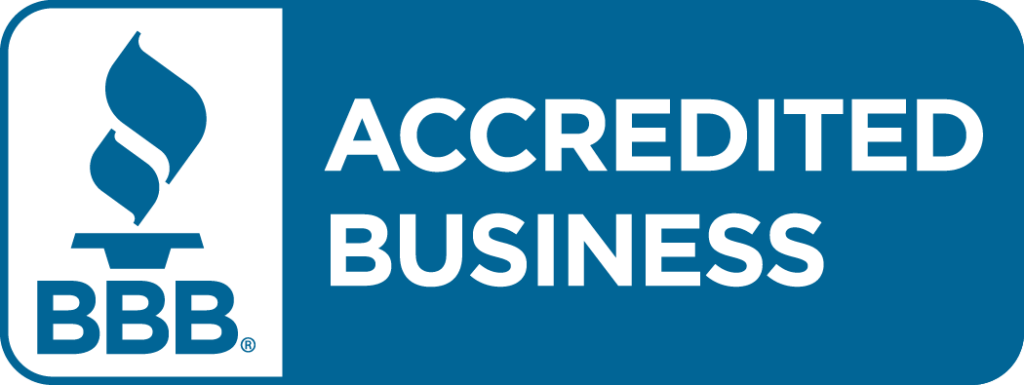It’s official. We may now have access to the radio ad platform we’ve all been craving. And it comes from none other than Google.
In mid-June, Google opened up their Google Play Music (GPM) from a paid subscription model to a free, ad-supported platform. And it’s finally bringing radio advertising into the modern age of targeting and positive ROI.
[hr style=”3″ margin=”40px 0px 40px 0px”]
What is Google Play Music
In the past, Google Play Music was a paid subscription service. This means you couldn’t download the app and start playing music. But now, Google is changing this up.
Google is offering a free, ad-supported platform.
This opens up the field for GPM. Instead of relying on a core group of “members” who are willing to pay for the service, Google has gone the way of many other streaming radio platforms. Much like Pandora and Spotify, users can pay for premium, ad-free features or listen to music with a few interruptions.
Not only does this provide a much broader audience, but now marketers have more options as well.
[hr style=”3″ margin=”40px 0px 40px 0px”]
How is this different for you, the marketer?
This seems a lot like other streaming radio services. What makes this different from Pandora, Spotify, or any of the countless other platforms on the market? What’s the benefit?
Simply put, it offers better targeting.
Unlike most other radio platforms, Google Play Music allows advertisers a huge but tailored and specific reach. On top of a potential audience reach of over 100,000,000 Android users, you can also reach iOS and desktop users who have downloaded the app.
Additionally, you get the same targeting capabilities on GPM as you do on the Google Display Network, including remarketing and geo-targeting. This provides more utility for a wide range of businesses who may need brand awareness or lead generation in a specific area.
[hr style=”3″ margin=”40px 0px 40px 0px”]
What are the ad options?
GPM’s ad formats are simple, predominantly relying on formats they already have a lot of experience with.
Banner ads are displayed at the bottom of the screen while a user is selecting a channel or finding their music choice. Once they select a station, the user is shown a pre-roll video (yes, pre-roll as in YouTube) that plays prior to the music starting. Finally, once the music is playing, a banner ad is again displayed on the screen as songs rotate.

This gives you back-to-back-to-back opportunities to reach your audience.
You might be thinking, “This is all too good to be true.” It’s really not. In the past, we’ve lacked highly effective radio advertising. Now that Google has jumped into the fray with Google Play Music, radio is moving into the 21st century with an expansive audience, advanced targeting, and increased interactivity.
[acf field=”cta_2″ post_id=”option”]



